Understanding Speed Whitening
Speed whitening refers to teeth whitening treatments that promise quick results, often within minutes or a short period. These treatments aim to lighten the shade of your teeth by removing stains and discoloration. They have gained popularity for their convenience and ability to deliver noticeable changes in a short time. However, it’s crucial to understand the underlying principles and the different methods used in speed whitening to make informed choices. The effectiveness and safety of speed whitening can vary depending on the product, the concentration of active ingredients, and individual factors such as the type of stains and the natural shade of your teeth.
How Does Plus White 5-Minute Speed Whitening Work
Plus White 5-Minute Speed Whitening is a popular over-the-counter product that claims to whiten teeth rapidly. It typically comes in a gel or liquid form and is applied directly to the teeth, often using a tray or brush. The active ingredient in many Plus White products is hydrogen peroxide, a bleaching agent that penetrates the enamel and dentin to break down stain molecules. The 5-minute application time is designed for quick results, making it appealing for those seeking a fast whitening solution. However, the concentration of hydrogen peroxide and the frequency of use play a crucial role in the product’s effectiveness and potential side effects.
The Science Behind Whitening
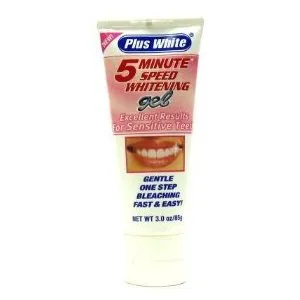
Teeth whitening works by utilizing chemical agents to break down the stain molecules that cause discoloration. The primary mechanism involves the oxidation of these stain molecules. Hydrogen peroxide, when applied to the teeth, releases oxygen radicals. These radicals penetrate the enamel and dentin, where they react with the stain molecules, breaking them into smaller, less visible components. This process effectively lightens the teeth, resulting in a brighter appearance. The effectiveness of the whitening process depends on the concentration of the bleaching agent, the duration of application, and the type and depth of stains present.
Key Ingredients in Plus White
The main active ingredient in Plus White products is typically hydrogen peroxide or carbamide peroxide. These peroxides are bleaching agents responsible for the whitening effect. Some formulations may also contain other ingredients to enhance the whitening process or improve the product’s taste and texture. These can include flavoring agents, thickening agents, and surfactants. It’s important to check the product’s label to understand the concentration of the active ingredients and any other components. The concentration of hydrogen peroxide determines the whitening power and the potential for sensitivity, so consumers should carefully follow the manufacturer’s instructions and avoid overuse.
Hydrogen Peroxide
Hydrogen peroxide is the primary bleaching agent used in many teeth whitening products, including Plus White. It works by releasing oxygen, which penetrates the tooth enamel and breaks down the stain molecules. The concentration of hydrogen peroxide in these products can vary widely. Over-the-counter products typically have lower concentrations (around 3-10%) compared to professional treatments done by dentists (which can have up to 40%). The higher the concentration, the faster and more effective the whitening, but it can also increase the risk of tooth sensitivity and gum irritation. Always adhere to the product’s instructions to minimize potential side effects and achieve optimal results.
The Whitening Process
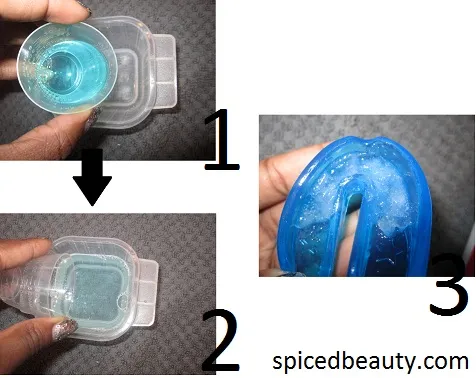
The whitening process typically involves applying the whitening agent (usually a gel containing hydrogen peroxide) to the teeth. This can be done using a tray, brush, or strips, depending on the product. The gel is left on the teeth for a specific period, as directed by the manufacturer. During this time, the hydrogen peroxide penetrates the enamel and dentin, breaking down stain molecules. The duration of the treatment and the frequency of application will vary depending on the product and the desired results. After the application, it’s crucial to rinse the mouth thoroughly to remove any residual gel and prevent potential irritation. Following these steps helps to ensure the best outcome while minimizing any adverse effects.
Plus White 5-Minute Speed Whitening Efficacy
The effectiveness of Plus White 5-Minute Speed Whitening can vary depending on several factors, including the type of stains, the concentration of the active ingredients, and individual tooth characteristics. For surface stains caused by coffee, tea, or smoking, Plus White can provide noticeable results relatively quickly. However, the effectiveness may be limited for deeper, intrinsic stains or those caused by medications or genetics. While the 5-minute application time offers convenience, it may not be sufficient for achieving significant whitening results compared to treatments with longer application times or higher concentrations of bleaching agents. Regular use and adherence to the product instructions are essential to maximize its efficacy.
Customer Reviews and Testimonials
Customer reviews and testimonials provide valuable insights into the experiences of people who have used Plus White 5-Minute Speed Whitening. Many users report seeing some whitening after the first few applications, while others may not notice a significant difference. Positive reviews often highlight the product’s ease of use and the convenience of the short application time. Negative reviews frequently mention tooth sensitivity, gum irritation, or a lack of noticeable whitening. It’s important to consider these reviews as subjective experiences and remember that results can vary. Reading a variety of reviews helps provide a balanced perspective and manage expectations about the product’s performance.
Pros of Using Plus White
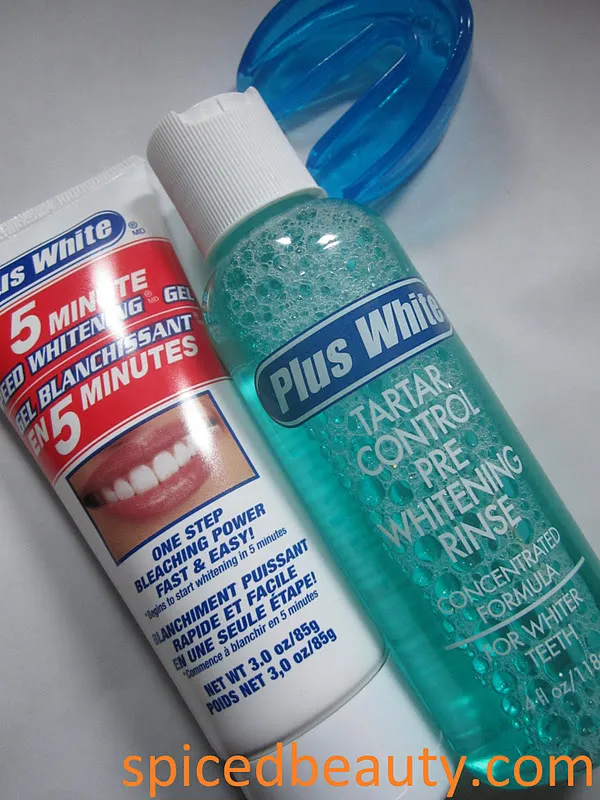
- Convenience The 5-minute application time makes it easy to incorporate into your daily routine
- Cost-Effective Plus White is generally more affordable than professional whitening treatments.
- Accessibility It’s readily available over-the-counter at most drugstores and supermarkets.
- Noticeable Results Many users report seeing some whitening after a few uses.
- Ease of Use Application is straightforward, typically involving a tray or brush.
Cons of Using Plus White
- Potential Sensitivity Some users experience tooth sensitivity or gum irritation.
- Limited Effectiveness It might not be as effective for deep or intrinsic stains.
- Temporary Results Whitening effects may fade over time, requiring ongoing maintenance.
- Ingredient Concentration The concentration of the active ingredients may be lower than professional treatments.
- Not for Everyone It might not be suitable for individuals with certain dental conditions or sensitivities.
Alternative Teeth Whitening Methods
If Plus White isn’t meeting your whitening goals, several alternative teeth whitening methods are available. Professional teeth whitening treatments, performed by a dentist, often use higher concentrations of hydrogen peroxide and can provide more dramatic results. At-home whitening kits prescribed by a dentist offer a balance between professional treatments and over-the-counter options. Other alternatives include whitening toothpaste, which helps remove surface stains, and whitening strips, which offer a more gradual whitening effect. The best method for you depends on your budget, desired results, and any dental sensitivities or conditions. Consulting with a dentist is a great first step to consider all your options.
Professional Whitening Treatments
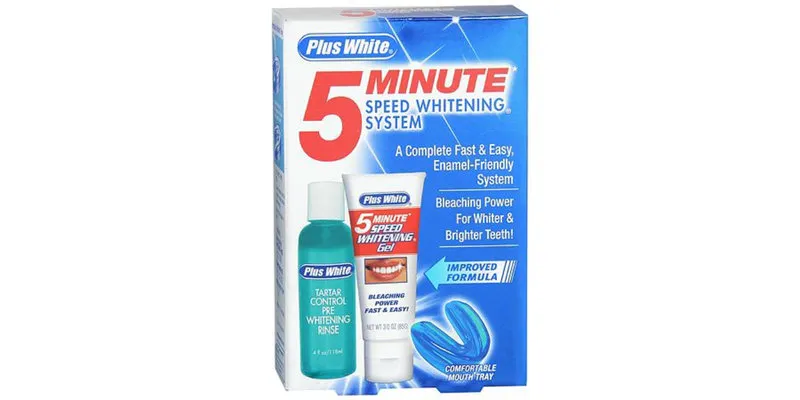
Professional teeth whitening treatments are performed by dentists in their offices and are considered the most effective option. These treatments typically involve a higher concentration of hydrogen peroxide, which is applied to the teeth under controlled conditions. The dentist may also use a special light or laser to accelerate the whitening process. Professional treatments can often provide results in a single visit, with significant improvements in tooth shade. However, they are generally more expensive than at-home treatments. This option is ideal for individuals who want the fastest, most dramatic results and are willing to invest in professional care.
At-Home Whitening Kits
At-home whitening kits are available over-the-counter or can be prescribed by your dentist. Over-the-counter kits typically use lower concentrations of hydrogen peroxide, while dentist-prescribed kits may contain higher concentrations. These kits usually include custom-fitted trays and whitening gel that you apply at home. The advantage is that it allows you to whiten your teeth at your convenience over several days or weeks. While results may take longer to appear than with professional treatments, at-home kits offer a cost-effective solution for achieving a brighter smile. They offer a balance between convenience and effectiveness, making them a popular choice for many users.
Maintaining Your White Smile
Maintaining a white smile requires ongoing care and attention. Regular oral hygiene practices, such as brushing twice a day and flossing daily, help to remove surface stains and prevent new ones from forming. Periodic touch-up treatments with whitening products can also help to maintain your desired tooth shade. Avoid habits that can stain your teeth, such as smoking and excessive consumption of coffee, tea, and red wine. Regular dental checkups and cleanings will remove any accumulated stains and help keep your teeth bright. Consistency with these practices will help you sustain your bright smile for the long term.
Oral Hygiene Practices
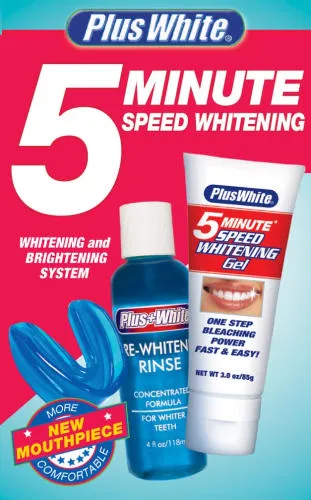
Proper oral hygiene is essential for maintaining a healthy and white smile. Brushing your teeth twice a day for two minutes each time, using fluoride toothpaste, helps remove plaque and surface stains. Flossing daily removes food particles and plaque from between your teeth, preventing stains and cavities. Using an antimicrobial mouthwash can further reduce bacteria and keep your mouth fresh. Regular dental checkups and professional cleanings are also vital. A dental hygienist can remove plaque and tartar buildup, which can cause discoloration. Consistent and thorough oral hygiene practices will ensure your teeth remain healthy and bright.
Foods and Drinks to Avoid
Certain foods and drinks can stain your teeth and diminish the results of teeth whitening treatments. Coffee, tea, and red wine contain tannins, which can bind to the enamel and cause discoloration. Dark-colored sodas and fruit juices also contribute to staining. Foods like berries, soy sauce, and curries can leave stains on your teeth. To maintain your white smile, it’s best to minimize or avoid these items. If you consume staining foods and drinks, rinse your mouth with water immediately afterward or brush your teeth soon after to minimize the impact. Using a straw can also help reduce contact between staining liquids and your teeth.
Conclusion
Plus White 5-Minute Speed Whitening can be a convenient option for those seeking quick teeth whitening. However, the effectiveness varies, and it may not be suitable for all types of stains or individuals. Understanding the science behind whitening, the key ingredients, and the potential pros and cons will help you make an informed decision. Consider alternative methods like professional treatments or at-home kits. Remember that maintaining a white smile requires a comprehensive approach, including good oral hygiene, avoiding staining foods and drinks, and regular dental care. By taking these factors into account, you can choose the best approach to achieve a brighter, more confident smile.
